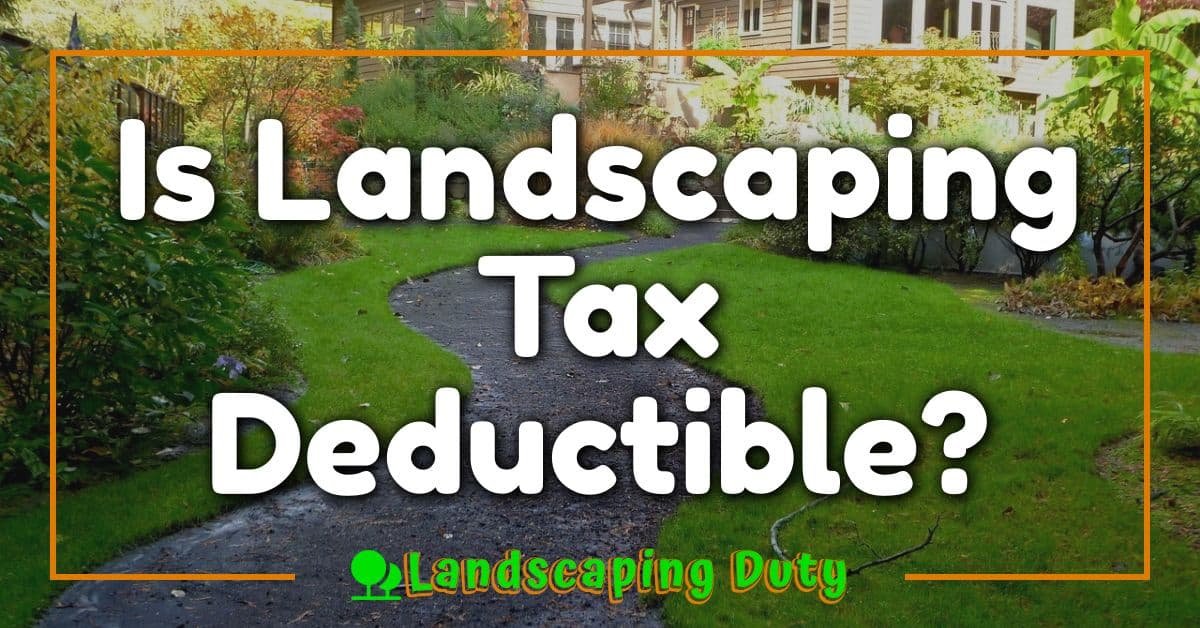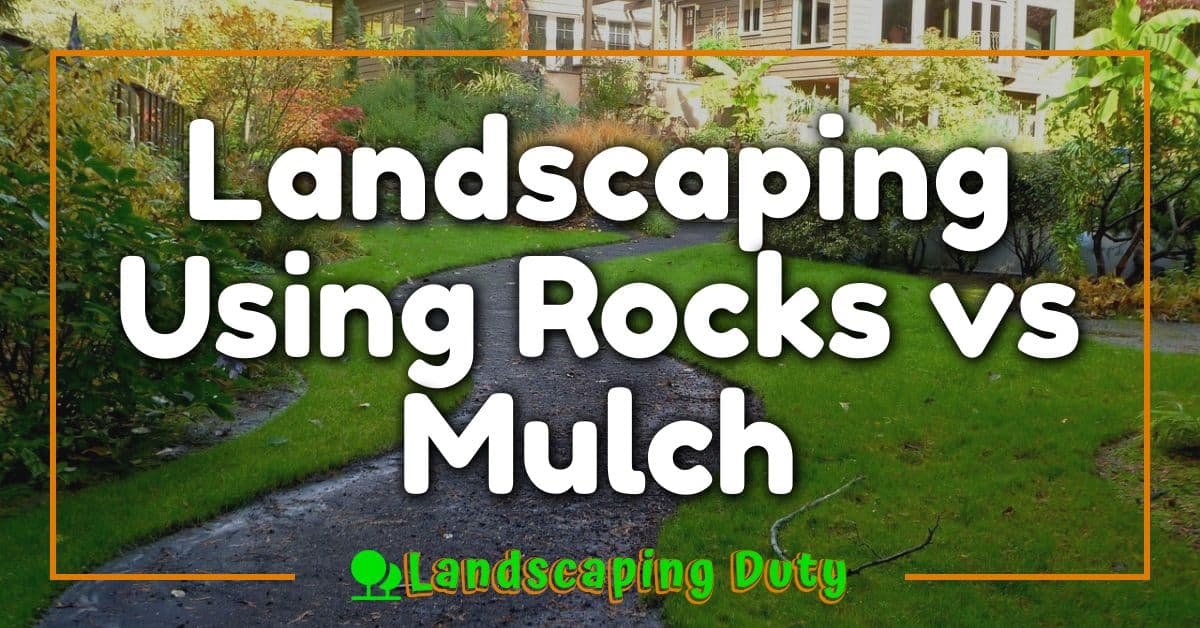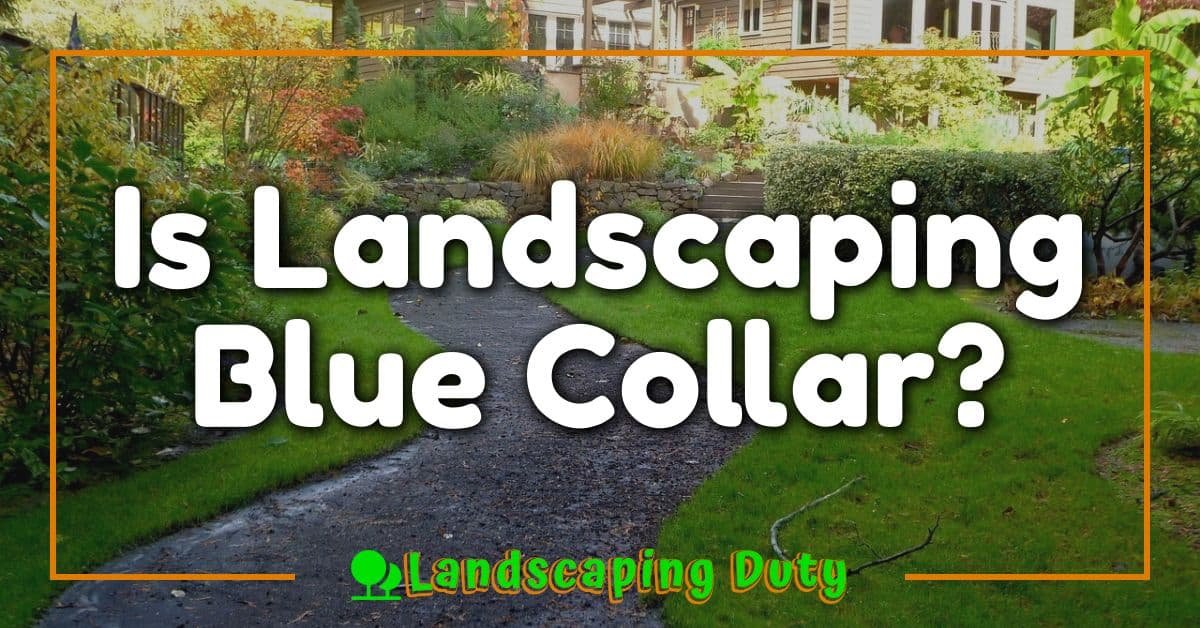Landscaping a hill can be a challenging task, but with proper planning and execution, it can transform your outdoor space into a beautiful and functional area. Whether you have a steep or gradual slope, there are several ways to landscape your hillside to maximize its potential. In this article, we will guide you through the best way to landscape a hill, from assessing your slope to implementing erosion control and adding aesthetic features.

Assessing your hillside is the first step in creating a successful landscape design. You need to consider factors such as soil type, drainage, sun exposure, and accessibility to determine the best approach for your hillside. Once you have assessed your slope, you can start planning your landscape design, taking into account the style of your home and your personal preferences.
Implementing erosion control is crucial when landscaping a hillside. Erosion can cause damage to your property and neighboring areas, so it’s essential to include measures such as retaining walls, terracing, and groundcovers to prevent soil erosion. With the right balance of hardscaping and planting, you can create a beautiful and functional hillside landscape that will enhance your outdoor space.
Key Takeaways
- Assess your hillside to determine the best approach for your landscape design.
- Implement erosion control measures to prevent soil erosion and damage to your property.
- Incorporate a balance of hardscaping and planting to create a functional and aesthetically pleasing hillside landscape.
Assessing Your Hillside for Landscaping


Landscaping a hillside can be a challenging task, but with proper planning and preparation, you can create a beautiful and functional outdoor space. Before you begin, it’s important to assess your hillside to determine the best approach for your landscaping project.
Analyzing Soil and Slope
The first step in assessing your hillside for landscaping is to analyze the soil and slope. The type of soil and the steepness of the slope can affect the types of plants that will grow well and the methods that can be used for erosion control.
To analyze the soil, you can perform a simple soil test. You can purchase a soil test kit from a garden center or online. The test will tell you the pH level of your soil and the nutrients that are present or lacking. This information can help you choose the right plants for your hillside and determine if any soil amendments are necessary.
The slope of your hillside is another important factor to consider. A steep slope may require more extensive erosion control measures, such as retaining walls or terracing. A gentle slope may be easier to work with and may require less maintenance.
Understanding Erosion and Drainage Issues
Erosion and drainage issues are common problems on hillside landscapes. Soil erosion can occur when water runs off the hillside, taking topsoil with it. This can lead to unsightly gullies and can damage plants.
To prevent soil erosion, it’s important to consider the drainage patterns on your hillside. You may need to install drainage systems, such as French drains or swales, to redirect water away from your hillside and prevent erosion.
In addition to preventing soil erosion, proper drainage can also help your plants thrive. Poor drainage can lead to waterlogged soil, which can suffocate plant roots and lead to fungal diseases.
By analyzing the soil and slope and understanding erosion and drainage issues, you can determine the best approach for your hillside landscaping project. With proper planning and preparation, you can create a beautiful and functional outdoor space that will enhance the value and enjoyment of your home.
Planning Your Hillside Landscape Design
https://www.youtube.com/watch?v=e-wO-LqEQb4&embed=true
Landscaping a hillside can be a challenging task, but with proper planning, you can create a beautiful and functional landscape that complements your property. Here are some tips to help you plan your hillside landscape design.
Choosing the Right Plants
When choosing plants for your hillside, it is important to consider their growth habits, water requirements, and maintenance needs. Native plants are a great choice as they are adapted to the local climate and require less water and maintenance. In addition, they provide habitat for local wildlife.
You can also consider incorporating terraces into your design to create level planting areas. This not only adds visual interest but also makes it easier to maintain your plants.
Incorporating Hardscaping Elements
Hardscaping elements such as retaining walls, pavers, and stairs can help create a functional and attractive hillside landscape design. Retaining walls can help prevent soil erosion and create level planting areas. Pavers and stairs can provide access to different areas of your property and add visual interest.
When choosing hardscaping materials, consider their durability, maintenance requirements, and how they will complement your overall landscape design.
Creating Access with Paths and Steps
Creating access to your hillside landscape is important for both functionality and safety. Paths and steps can help prevent erosion and provide safe access to different areas of your property.
When designing paths and steps, consider the slope of your hillside, the materials used, and the overall design aesthetic. Incorporating curves and switchbacks can help reduce the steepness of the slope and make it easier to navigate.
In conclusion, planning your hillside landscape design requires careful consideration of plants, hardscaping elements, and access. By incorporating these elements into your design, you can create a beautiful and functional landscape that complements your property.
Implementing Erosion Control
https://www.youtube.com/watch?v=Myj4VMssSmQ&embed=true
When landscaping a hill, implementing erosion control measures is crucial to prevent soil erosion and to keep your plants healthy. Here are some effective ways to implement erosion control on your hill:
« How Much Landscaping Fabric Do I Need? A Helpful Guide What Do You Need for Landscaping: A Beginner’s Guide »
Building Retaining Walls and Terraces
Building retaining walls and terraces can help prevent soil erosion on your hill. Retaining walls hold back soil and prevent it from sliding down the slope, while terraces create flat areas on the slope, slowing down the flow of water and allowing it to soak into the soil.
Stone walls are a popular choice for retaining walls, as they are durable and can add a natural look to your landscape. Terraced beds can be created using wooden or stone blocks, and can be filled with soil and planted with ground covers or other plants.
Selecting Ground Covers and Mulch
Selecting the right ground covers and mulch can also help prevent soil erosion. Ground covers such as creeping phlox, sedum, and creeping thyme can help hold soil in place and prevent it from washing away. Mulch can help retain moisture in the soil, prevent soil erosion, and suppress weeds.
When selecting ground covers and mulch, it is important to choose plants that are adapted to your climate and soil conditions. Consult with a local nursery or landscape professional to determine the best options for your hill.
By implementing these erosion control measures, you can create a beautiful and sustainable terraced yard that will thrive for years to come.
Planting on a Slope
https://www.youtube.com/watch?v=rIi-IDOQP48&embed=true
Landscaping a sloped yard can be challenging, but with the right plants and techniques, you can create a beautiful and low-maintenance hillside landscape. When it comes to planting on a slope, there are a few things to keep in mind.
Choosing Low-Maintenance Plants
Choosing low-maintenance plants is key to creating a successful hillside landscape. Ornamental grasses, perennials, and groundcovers are all great options for planting on a slope. Hostas, daylilies, and roses are also good choices, as they are hardy and can tolerate a range of growing conditions. When selecting plants, look for those that are drought-tolerant, disease-resistant, and can withstand the wind and rain that often come with a sloped yard.
Using Trees and Shrubs for Stability
Trees and shrubs can also be used to help stabilize a sloped yard. Boxwood, yew, and rhododendron are all good choices, as they have deep root systems that can help prevent erosion. When planting trees and shrubs on a slope, it’s important to choose those that are well-suited to the growing conditions of your yard. Be sure to space them out properly to allow for proper growth and to prevent overcrowding.
Overall, planting on a slope requires careful planning and consideration. By choosing low-maintenance plants and using trees and shrubs for stability, you can create a beautiful and functional hillside landscape that will thrive for years to come.
Adding Aesthetic Features

When it comes to landscaping a hill, adding aesthetic features can make a big difference in the overall look of your property. Here are some ideas to help you accentuate the natural beauty of your slope.
Incorporating Rock Gardens and Boulders
Rock gardens and boulders are a great way to add a natural feel to your hillside landscape. Large rocks can be used to create tiers, which can help to prevent erosion while also adding visual interest. You can also use rock walls to create terraced gardens or to define different areas of your yard.
If you’re looking for a low-maintenance option, consider a dry creek bed. This can be created using large rocks and gravel, and can help to direct water away from your home while also adding a beautiful accent to your yard.
Designing with Water Features and Fire Pits
Water features and fire pits are another great way to add aesthetic appeal to your hillside landscape. A small pond or fountain can create a peaceful oasis, while a fire pit can provide a cozy gathering spot for friends and family.
When designing your water feature or fire pit, be sure to consider the natural slope of your yard. A professional landscaper can help you to create a design that works with the natural topography of your property.
Overall, adding aesthetic features to your hillside landscape can help to create a beautiful and functional outdoor space. Whether you choose to incorporate rock gardens and boulders or water features and fire pits, there are many ways to enhance the natural beauty of your slope.
Hardscaping for Functionality and Safety

When landscaping a hill, hardscaping can be an essential part of creating a functional and safe outdoor space. Hardscaping involves using non-living materials to create structures and surfaces that can serve various purposes. In this section, we’ll explore some of the ways hardscaping can be used to make your hillside landscape more functional and safe.
Building Stairs and Railings
One of the most important aspects of hardscaping on a hill is creating safe and sturdy stairs and railings. Stairs provide easy access to different levels of your landscape, while railings offer support and safety. When building stairs and railings, it’s essential to use durable materials that can withstand the elements and heavy foot traffic.
Some common materials for stairs and railings include concrete, stone, and lumber. Concrete and stone are excellent choices for durability and low maintenance, while lumber can add a natural and rustic feel to your landscape. When selecting materials, consider the overall style and design of your landscape, as well as the level of maintenance you’re willing to undertake.
Choosing Materials for Durability and Maintenance
When it comes to hardscaping materials, there are many options to choose from. Some of the most popular materials for landscaping on a slope include rocks, gravel, railroad ties, stone walls, and cement. Each material has its own unique benefits and drawbacks, so it’s essential to choose the right one for your landscape.
Rocks and gravel are excellent choices for creating a natural and low-maintenance landscape. They can be used to create paths, retaining walls, and other structures that blend seamlessly into your hillside landscape. Railroad ties and stone walls are also great options for creating retaining walls and borders that add structure and definition to your landscape.
Cement and other concrete materials are durable and long-lasting, making them ideal for stairs, walkways, and other high-traffic areas. However, they can be more expensive and difficult to install than other materials. When choosing materials, consider the overall style and design of your landscape, as well as your budget and maintenance needs.
In conclusion, hardscaping is an essential part of creating a functional and safe hillside landscape. By building sturdy stairs and railings and choosing durable and low-maintenance materials, you can create a landscape that’s both beautiful and practical.
Maintaining Your Hillside Landscape

Maintaining your hillside landscape is essential to ensure that it continues to look beautiful and healthy. Here are some tips to help you maintain your hillside landscape.
Routine Care for Plants and Structures
Routine care for plants and structures is necessary to keep them healthy and looking their best. Regular watering, pruning, and fertilizing are essential for plants to thrive. You should also inspect structures such as retaining walls and patios for any signs of damage and address them promptly to prevent further deterioration.
Mulching is another important aspect of routine care. It helps to retain moisture in the soil, suppress weed growth, and prevent soil erosion. You can use a variety of mulch materials such as wood chips, leaves, or straw. Spread a layer of mulch around the base of plants and in garden beds, making sure to keep it away from the stems and trunks.
Dealing with Seasonal Challenges
Seasonal challenges such as heavy rainfall or drought can pose a threat to your hillside landscape. Soil erosion is a common problem during heavy rainfall, which can cause damage to plants and structures. To prevent soil erosion, you can consider terracing your hillside landscape or planting vegetation such as vinca or other groundcovers that have a good root system to hold the soil in place.
During drought, it is important to water your plants regularly to keep them healthy. However, you should be mindful of water usage and try to conserve water as much as possible. You can also consider adding drought-tolerant plants to your hillside landscape, which require less water and are better suited to challenging growing conditions.
In conclusion, maintaining your hillside landscape requires regular care and attention. By following these tips, you can help your plants and structures stay healthy and thrive in their uneven terrain.
Maximizing Usable Space
https://www.youtube.com/watch?v=5XyittiRT3A&embed=true
If you have a sloped yard, you might think that you’re limited in terms of usable space. However, with a little creativity, you can turn your hilly yard into a beautiful outdoor oasis. Here are some tips for maximizing your usable space:
Creating Raised Beds and Garden Areas
One of the best ways to make the most of your sloped yard is to create raised garden beds. By building these beds into the slope, you can create a series of terraces that not only provide flat areas for planting, but also add visual interest to your yard. Use natural stone or other materials to create the walls of your raised beds, and fill them with lamb’s ear, astilbe, salvia, and other plants that thrive in this type of environment.
Integrating Outdoor Living Spaces
Another way to maximize your usable space is to integrate outdoor living areas into your yard. Build a patio or pergola on one of the flatter areas of your slope, and use it as a gathering place for family and friends. You can also add seating areas throughout your yard, using natural stone or other materials to create a cohesive look. By integrating outdoor living spaces into your yard, you’ll not only make the most of your sloped terrain, but you’ll also create a beautiful and functional outdoor space that you can enjoy for years to come.
In conclusion, with a little creativity and some hard work, you can turn your sloped yard into a beautiful and functional outdoor oasis. By creating raised garden beds and integrating outdoor living spaces, you can maximize your usable space and create a yard that you’ll love spending time in. So get out there and start planning your hilly yard makeover today!
Enhancing Accessibility and Enjoyment
https://www.youtube.com/watch?v=Xjie7YUP-Ps&embed=true
Landscaping a sloped backyard can be quite challenging, especially when it comes to accessibility and enjoyment. However, with a bit of creativity and planning, you can transform your property into a beautiful and functional outdoor space that you can enjoy all year round. In this section, we will explore some ways to enhance accessibility and enjoyment in your sloped backyard.
Implementing Switchback Paths and Railings
One of the best ways to improve accessibility in a sloped backyard is by implementing switchback paths and railings. Switchback paths are a series of zigzagging paths that traverse a slope, making it easier to climb up and down. By installing railings along the path, you can provide additional support and safety for anyone using the path.
When designing your switchback path, consider the width and slope of the path, as well as the materials used. A wider path with a gradual slope is easier to navigate than a narrow path with a steep slope. Additionally, using natural materials such as stone or native plants can help to blend the path into the surrounding landscape.
Adding Seating and Viewing Areas
Another way to enhance enjoyment in your sloped backyard is by adding seating and viewing areas. By creating a seating area, you can provide a comfortable place to relax and enjoy the view. Additionally, adding a viewing area can help to highlight the natural beauty of your property.
When selecting a location for your seating or viewing area, consider the slope of the hill, as well as the surrounding landscape. A flat area near the top of the hill can provide a great viewing area, while a terrace halfway up the hill can provide a comfortable seating area. Additionally, consider incorporating natural elements such as boulders or native plants to enhance the overall aesthetic.
In conclusion, enhancing accessibility and enjoyment in your sloped backyard requires careful planning and consideration. By implementing switchback paths and railings, as well as adding seating and viewing areas, you can transform your property into a beautiful and functional outdoor space that you can enjoy for years to come.
Frequently Asked Questions
https://www.youtube.com/watch?v=I1KxjJ84kKA&embed=true
What are some creative ideas for landscaping a backyard hill?
Landscaping a backyard hill can be a challenging task, but also a rewarding one. One creative idea is to create a terraced garden with different levels of plants and flowers. You can also add a garden path with stepping stones or create a rock garden. Another idea is to add a water feature like a small pond or fountain to add a calming effect to your backyard.
How can I effectively landscape a small sloped area?
To effectively landscape a small sloped area, start by creating a plan that takes into account the slope, soil type, and drainage. Use plants that are well-suited for the slope and can help prevent erosion. Consider adding retaining walls or terraces to create different levels and add interest to the area. You can also add a small patio or seating area to create a cozy space.
What are the best techniques for landscaping a steep slope without using retaining walls?
If you want to landscape a steep slope without using retaining walls, there are a few techniques you can use. One is to use groundcovers and plants that can help prevent erosion and stabilize the soil. You can also create a terraced garden with different levels of plants and flowers. Another technique is to add a small garden path with stepping stones to make the area more accessible.
Can you provide tips for starting a vegetable garden on a hillside?
Starting a vegetable garden on a hillside can be a fun and rewarding project. To get started, choose a location that gets plenty of sunlight and has good drainage. You can create raised garden beds to help prevent erosion and make it easier to plant and tend to your vegetables. Choose plants that are well-suited for the slope and soil type, and consider adding a trellis or other support for climbing plants.
What are some affordable ways to landscape a steep hill?
Landscaping a steep hill can be expensive, but there are some affordable ways to do it. One is to use groundcovers and plants that can help prevent erosion and stabilize the soil. You can also create a terraced garden with different levels of plants and flowers. Consider using recycled materials like old bricks or stones to create retaining walls or garden paths. Another idea is to add a water feature like a small pond or fountain to add a calming effect to your backyard.
How can I prevent erosion and cover a steep slope in my landscaping?
To prevent erosion and cover a steep slope in your landscaping, start by choosing plants that are well-suited for the slope and soil type. Use groundcovers and plants that can help prevent erosion and stabilize the soil. Consider adding retaining walls or terraces to create different levels and add interest to the area. You can also use mulch or other organic materials to help retain moisture and prevent erosion.










